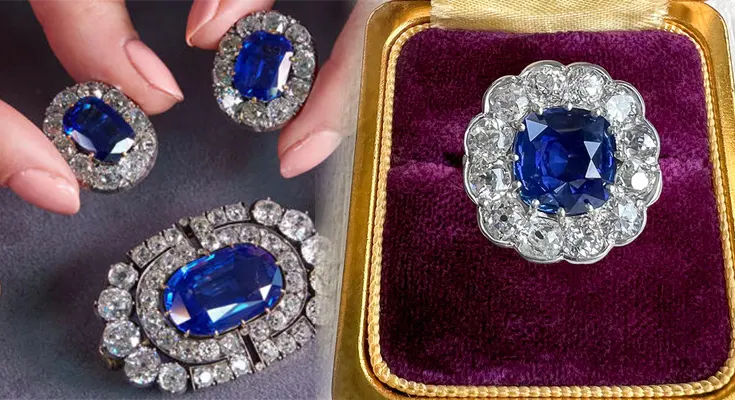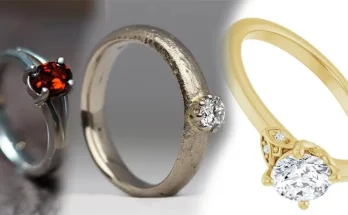Engagement rings have always symbolized love and commitment, but for the Russian royal family, these exquisite pieces of jewelry also embodied power, legacy, and artistry. The story of Russia’s lost royal engagement rings is one of both beauty and tragedy, reflecting a glittering past that was dramatically altered by the tides of history. These rings, many of which have vanished or been destroyed, offer a fascinating glimpse into the opulence of the Russian monarchy and the cultural significance of jewelry in royal life.
The Romanov dynasty, which ruled Russia for over three centuries, was known for its extravagant lifestyle and unparalleled wealth. Engagement rings from this era were often lavishly designed, featuring large diamonds and a variety of colored gemstones. One of the most iconic pieces was the engagement ring of Empress Alexandra, wife of Tsar Nicholas II. This ring, adorned with a striking emerald and surrounded by a halo of diamonds, not only showcased the artistry of Russian jewelers but also reflected the personal style of the Empress, who favored rich colors and intricate designs.
The Romanovs were collectors of exceptional jewels, many of which were transformed into engagement rings. The ring of Grand Duchess Maria Pavlovna, for example, is remembered for its remarkable beauty. It featured a large cushion-cut diamond, a popular choice of the time, set in a delicate band of gold. Unfortunately, like many royal treasures, Maria’s ring was lost during the upheaval of the Russian Revolution in 1917. The revolution led to the abdication of Nicholas II and the eventual execution of the entire royal family, resulting in the scattering of their wealth, including countless precious jewels.
The fate of these lost engagement rings is often shrouded in mystery. After the fall of the monarchy, many of the royal jewels were seized or sold off, entering the private collections of individuals or disappearing entirely. Some rings are rumored to have been smuggled out of the country or hidden by loyalists, while others were melted down for their metal value. The ring of Princess Victoria of Hesse, another granddaughter of Queen Victoria and a member of the Romanov family, serves as a poignant example. After her marriage, the ring was believed to have been hidden during the chaos of the revolution, but its current whereabouts remain unknown.
As the 20th century progressed, interest in these lost royal jewels grew, spurred by the romance and intrigue surrounding the Russian imperial legacy. Jewelry historians and collectors began searching for these missing pieces, hoping to uncover hidden treasures that had once belonged to the royal family. The allure of these lost engagement rings continues to captivate the imagination, as each ring carries with it a story of love, loss, and the relentless passage of time.
In recent years, some lost Russian royal engagement rings have resurfaced in auctions and antique sales, often commanding staggering prices. Their provenance is carefully documented, as collectors and historians seek to piece together the stories of these jewels and their former owners. Each discovery fuels a renewed interest in Russia’s imperial history and the opulent lives of its rulers.
The legacy of Russia’s lost royal engagement rings is not solely about their physical beauty; it also represents the enduring fascination with the lives of the Romanovs. These rings symbolize the power dynamics of an era defined by lavishness and grandeur, yet also marked by dramatic upheaval and tragedy. They remind us of the fragility of wealth and status, and how quickly fortunes can change.
In conclusion, a glittering past filled with lost royal engagement rings encapsulates the rich and often tumultuous history of Russia’s monarchy. As we reflect on these exquisite pieces, we appreciate not just their artistry, but also the complex narratives that surround them. The search for these lost jewels continues, echoing a longing to reclaim a piece of Russia’s regal heritage, and reminding us of the enduring allure of the stories they tell.





